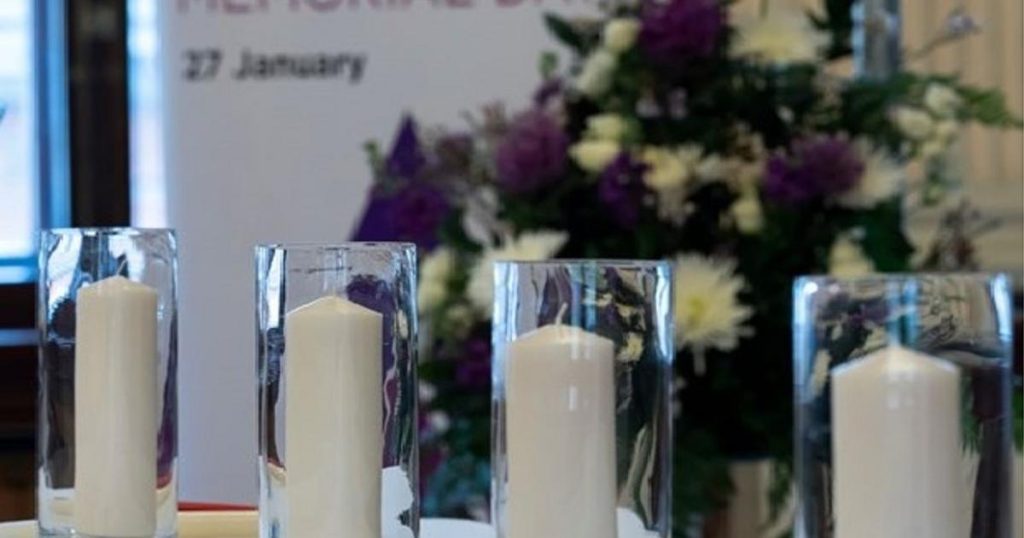This month is the 80th anniversary of the Allied liberation of the largest of the Nazi death camps at Auschwitz-Birkenau on January 27, 1945.
Auschwitz alone was responsible for the deaths of at least a million Jewish men, women and children, including babies.
Altogether, six million Jews and a million others were murdered in concentration camps across German-occupied Europe in the Second World War.
Haringey libraries are encouraging people of all ages to learn from the past to eliminate all forms of bigotry and hatred.
A Saturday session is being held at Coombes Croft Library in Tottenham High Road on January 25 from11am to 12noon, and Monday session at Hornsey Library in Haringey Park, off Crouch Hill, on January 27, from 4pm to 5pm, where youngsters create butterflies in remembrance of the murdered children. The activity is suitable for ages five to 12.
Haringey Council is one of 80 local authorities and organisations taking part in a nationwide ‘80 Candles for 80 Years’ education project.
Haringey’s input is based on the life of the late Naomi Blake, a Holocaust survivor living in Muswell Hill who went on to become an internationally-acclaimed sculptor.
Naomi and her sister Malchi were separated from their family by the Nazis and forced into slave labour in a German munitions factory. But they got through it and also survived a death march.
But her family of 32 had been decimated and only eight were still alive by 1945.
Naomi later settled in north London, where she married German refugee Asher Blake in 1955, then enrolled in evening classes at the Hornsey School of Art, now part of Middlesex University, to become an artist.
A candleholder created by Haringey is on display at Hornsey Library, inspired by Naomi’s Memorial to the Holocaust sculpture.
The Jewish population of Europe was nine million when Hitler came to power in Germany in 1933. His ideology of hate led to two-thirds being exterminated by the end of the Second World War.
Holocaust Day also marks other genocides since, including those in Cambodia, Rwanda, Bosnia and Darfur.
But nothing ever came near the industrial scale of the Nazi state-planned extermination that wiped out a third of the world’s Jews.



